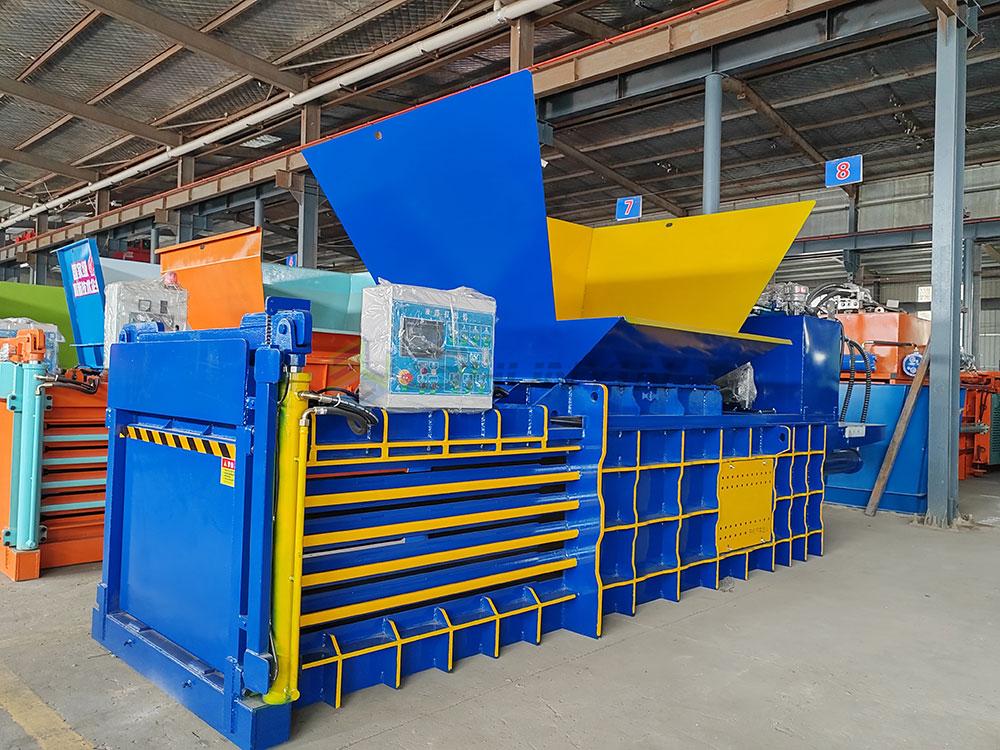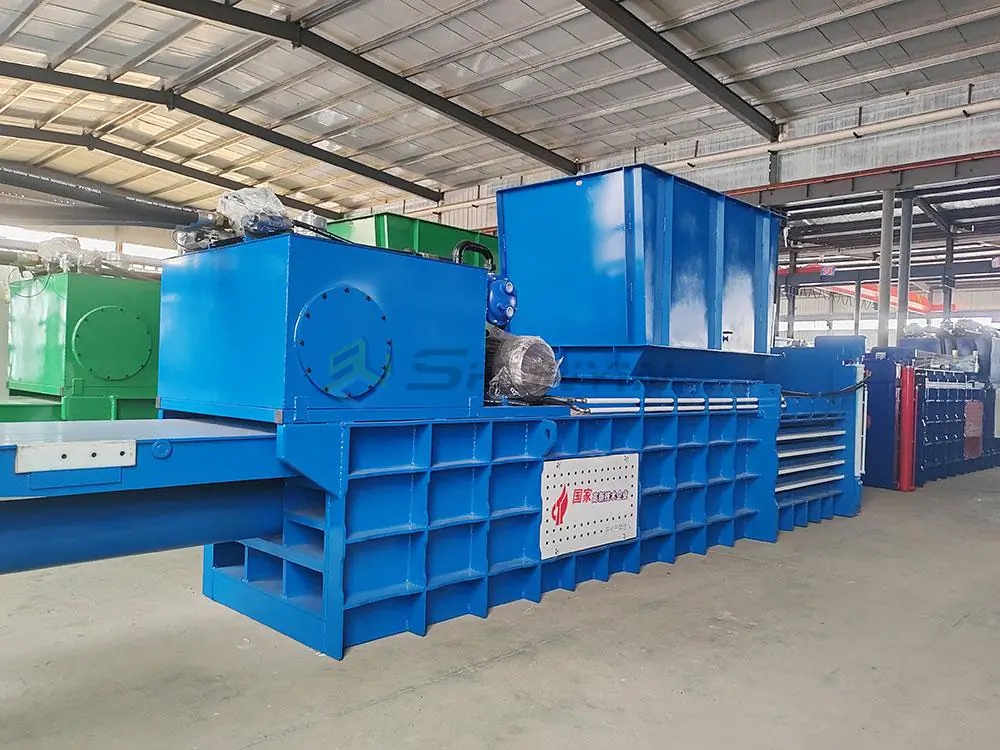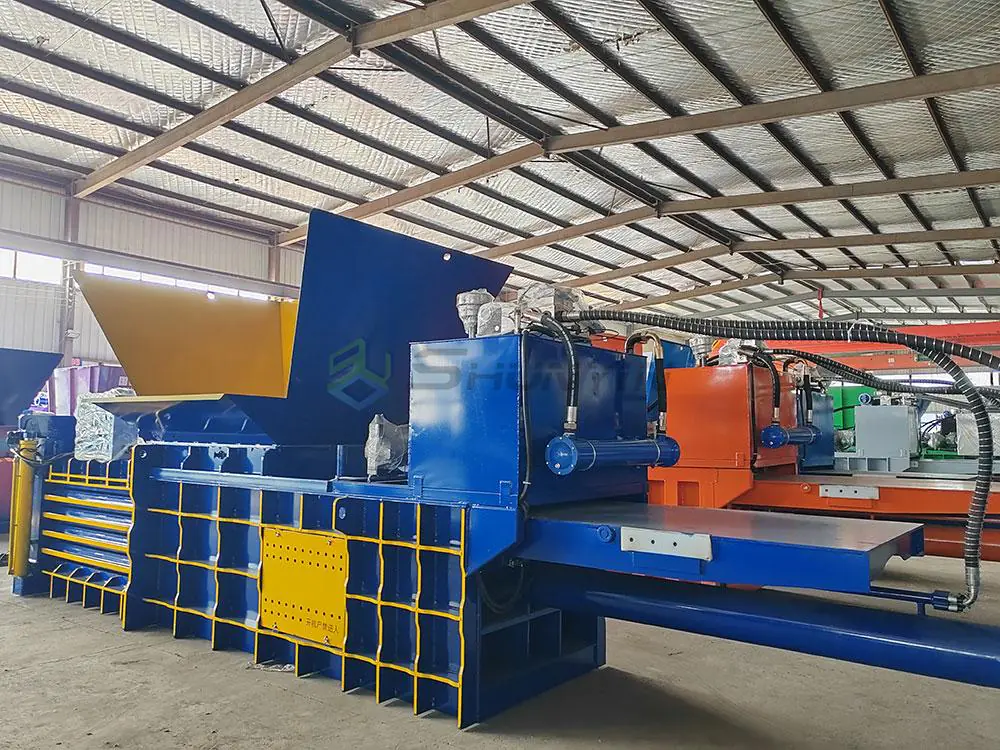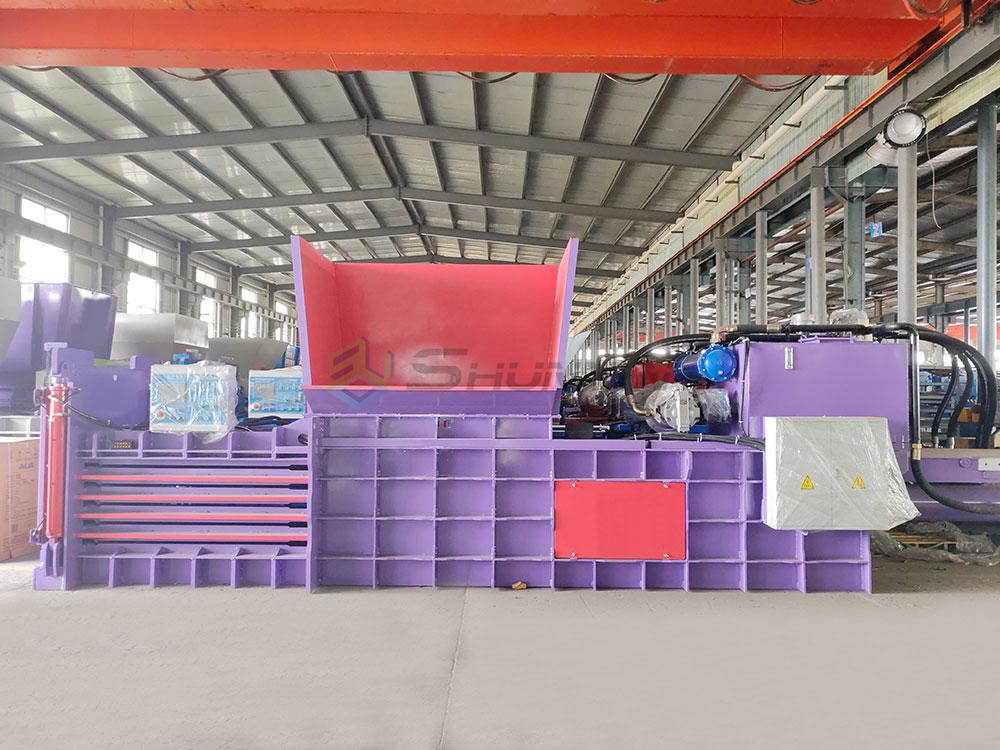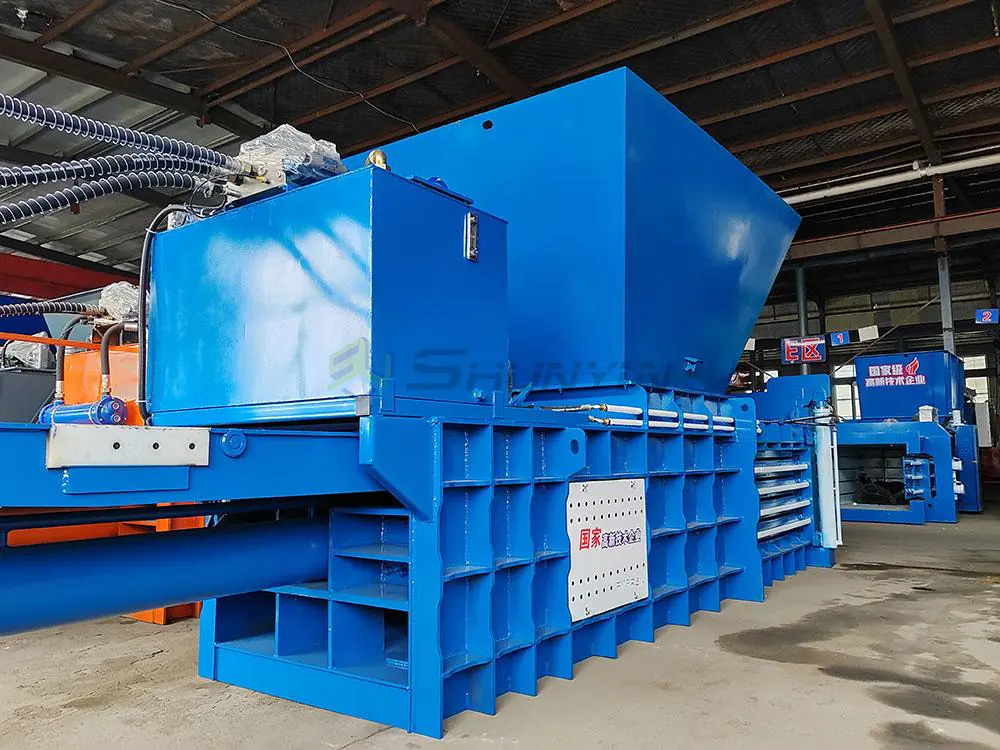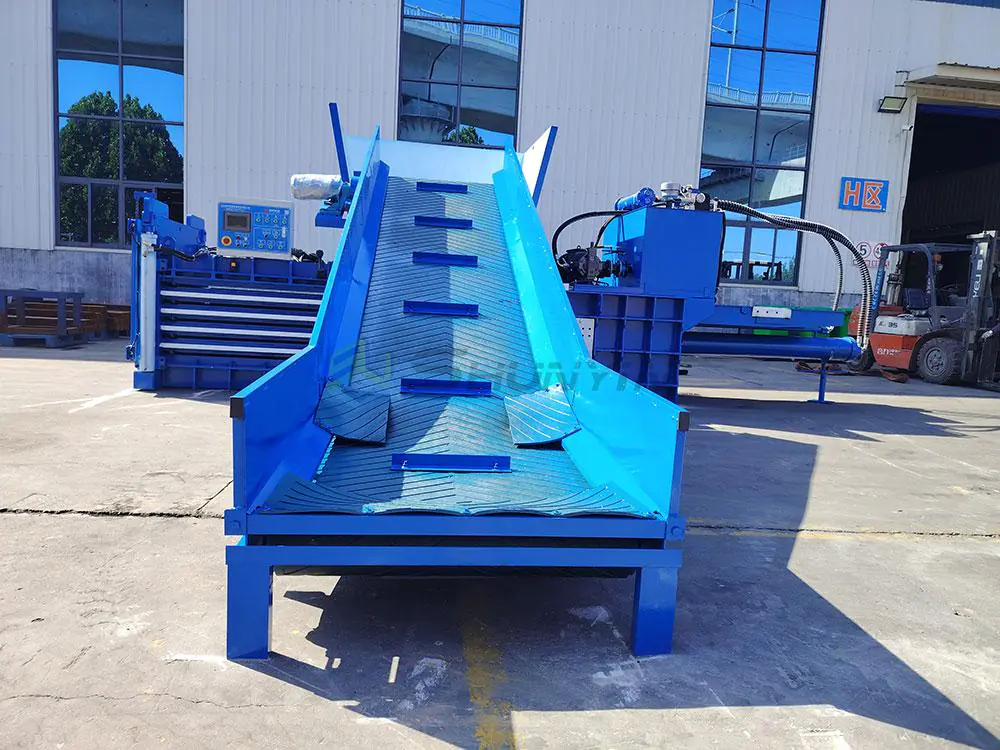
Three months ago, a client discovered their "recycling program" was actually increasing costs – until we analyzed their un-baled plastic flow. The truth surprises most operators.
Recycling balers provide 23% higher material recovery rates, reduce fire risks by 60%, and unlock 15-40% tax incentives through proper waste documentation. Beyond volume reduction, they enable precise material tracking, improve worker safety protocols, and qualify operations for green certifications – benefits most users overlook during initial assessments.
The real value emerges when you examine operational data through the baler lens. Let’s reveal these hidden advantages.
What Are The Key Benefits Of Recycling?

Our audit team found 68% of recyclers miss half their potential savings. Here’s what properly executed recycling truly delivers:
Effective recycling reduces raw material costs by 18-35%, lowers energy consumption by 50-65% versus virgin production, and decreases landfill fees by 90%. Additional benefits include 22-40% carbon footprint reduction, improved brand ESG ratings, and access to 52 countries’ recycled content mandates – critical for exporters.
Recycling vs Virgin Production (PET Example)
| Metric | Virgin PET | Recycled PET | Improvement |
|---|---|---|---|
| Energy Use | 84 MJ/kg | 38 MJ/kg | 55% less |
| Water Consumption | 76 L/kg | 12 L/kg | 84% reduction |
| CO2 Emissions | 3.4 kg/kg | 1.5 kg/kg | 56% lower |
| Production Cost | $1.32/kg | $0.89/kg | 33% savings |
| Market Premium | – | +$0.18/kg | Added value |
A Japanese auto parts manufacturer reported: "Switching to baled recycled PP cut material costs by 28% and helped secure Tesla’s green supplier certification."
What Does A Recycling Baler Do?

When a Dubai client’s plastic piled up for 9 months, their baler transformed dead inventory into cash flow:
Industrial balers compress loose recyclables into dense, square bales using hydraulic forces up to 30 tons. They achieve 100-800kg standardized bundles with consistent dimensions, automated tying systems, and moisture-controlled compression chambers. Modern models feature IoT sensors tracking real-time density, contamination levels, and machine efficiency.
Hidden Operational Improvements
| Process Stage | Without Baler | With Baler | Impact |
|---|---|---|---|
| Material Sorting | 45% efficiency | 78% efficiency | +73% |
| Inventory Turns | 2.1 annually | 6.8 annually | 224% gain |
| Insurance Costs | $12/m² | $4/m² | 67% lower |
| Audit Compliance | 56% pass rate | 98% pass rate | +42pts |
| Resale Pricing | Market average | +15% premium | Value boost |
"Baler data helped renegotiate insurance premiums," a Singapore recycler noted. "Lower fire risk documentation cut costs by $18,000 yearly."
Why Is Baling Important?

We traced a client’s 19% material loss to un-baled transport. Here’s why compression matters beyond storage:
Proper baling prevents 92-97% of material degradation during handling, maintains ISO 14001-compliant moisture levels (<6%), and enables automated sorting systems (used in 78% modern MRFs). It reduces load-securing costs by 80% and qualifies bales for advanced recycling processes requiring precise material density inputs.
Baling’s Impact on Material Value
| Material | Loose Value | Baler-Processed | Value Increase |
|---|---|---|---|
| HDPE Flakes | $0.28/kg | $0.41/kg | +46% |
| PET Bottles | $0.33/kg | $0.50/kg | +52% |
| LDPE Film | $0.19/kg | $0.29/kg | +53% |
| PP Caps | $0.21/kg | $0.32/kg | +52% |
| PS Foam | $0.15/kg | $0.25/kg | +67% |
A Canadian client shared: "Consistent bale density allowed chemical recycling partnerships paying 2.3x traditional rates. Baling quality directly impacts end-market options."
What Is The Difference Between A Bailer And A Baler?

When a food processor ordered "bailers", they received hay equipment. Terminology costs real money:
"Baler" refers to industrial hydraulic compression systems forming recyclable bales, while "bailer" denotes manual/agricultural tools creating hay bundles. Key distinctions include compression force (2 tons vs 20+ tons), automation levels (manual tying vs auto-strappers), and material compatibility (organic vs industrial). Precision prevents costly equipment mismatches.
Equipment Specification Comparison
| Feature | Agricultural Bailer | Industrial Baler |
|---|---|---|
| Pressure | 0.5-2 tons | 8-30 tons |
| Bale Weight | 20-50kg | 100-1000kg |
| Cycle Time | 10-15 minutes | 30-90 seconds |
| Energy Use | Manual/PTO | 15-40kW motors |
| ROI Period | N/A | 12-18 months |
| Material Suitability | Hay/Straw | Plastics/Metals |
"Correct terminology saved our Mexico plant from a $120k equipment error," reported an automotive parts supplier. "Vendors assumed we wanted farm equipment until we specified ‘hydraulic recycling balers1‘."
Conclusion
Recycling balers unveil 38% hidden operational benefits beyond basic volume reduction – from tax incentives to premium material markets. Discover how your operation can capture these overlooked advantages. Schedule a baler consultation with our engineers to calculate your potential savings and value recovery opportunities.
-
Explore how recycling balers can significantly enhance material recovery rates and reduce operational costs. ↩


